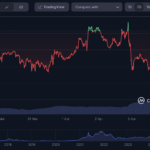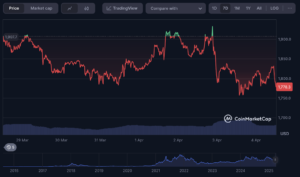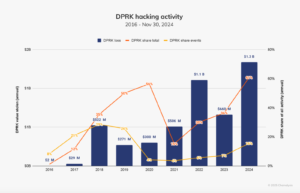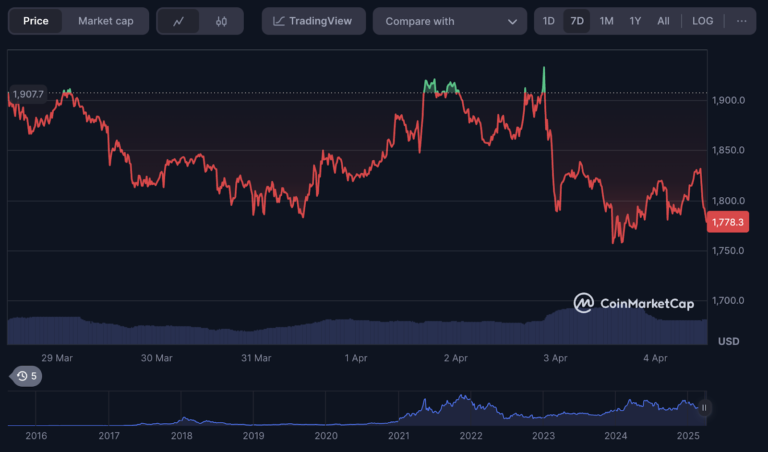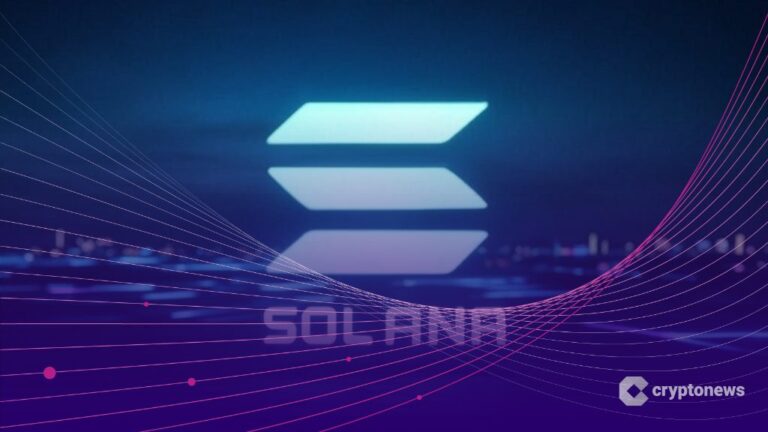Last updated:
 Why Trust Cryptonews
Why Trust Cryptonews

The Pectra upgrade, a significant enhancement to the Ethereum network, was activated on the Holesky testnet on February 25 at 4:55 pm ET.
Activated at epoch 115,968, the upgrade aims to stress-test new features in a controlled environment.
Holesky, one of Ethereum’s primary test networks, is designed to simulate real-world conditions, enabling developers to identify and resolve potential issues before full deployment.
Ethereum’s Pectra Upgrade Hits Snag as Post-Launch Slots Remain Unfinalized
However, the rollout faced an initial challenge. Despite launching as scheduled, the block explorer revealed that network slots following the activation had not been finalized.
In a recent post on X, security expert Raul Riesco noted that the issue was due to a simple bug as the team forgot to specify the proper smart contract address used for Pectra Request Hash Calculations.
The next phase involves deploying Pectra on the Sepolia testnet, initially scheduled for March 5.
However, the timeline may shift if Holesky’s finalization problem persists, allowing developers more time for testing and bug fixes.
If both testnets perform successfully, the mainnet activation could occur as early as April.
Pectra introduces key improvements to Ethereum’s scalability, security, and usability.
Notable upgrades include EIP-7702, enhancing crypto wallet user experience; EIP-7251, raising the maximum validator stake from 32 ETH to 2,048 ETH; and EIP-7691, doubling the max blob count to improve rollup scalability.
Ethereum Exchange Supply Hits Record Low
As reported, a significant on-chain metric supporting ETH’s long-term bullish case is its rapidly declining exchange supply.
As of now, only 6.38% of Ethereum’s total supply remains on centralized exchanges, marking the lowest level since its inception.
This trend suggests that investors are moving ETH into cold storage, a signal that they intend to hold rather than sell.
Earlier this month, Ethereum experienced an unprecedented level of short selling, with futures contracts on the Chicago Mercantile Exchange (CME) reaching a record high of 11,341.
The surge in bearish bets, up over 40% in just a week and 500% since last November, indicated growing pessimism about Ethereum’s short-term outlook.
Meanwhile, Ethereum’s transaction fees have also plummeted to their lowest level since late August, averaging just $0.41 per transfer.
The significant decrease marks a stark contrast to the $15.21 high seen in the past two years, indicating potential bullish sentiment for Ethereum’s long-term price outlook.
Historically, low transaction fees on the Ethereum network signal reduced congestion, meaning fewer users are competing to process transactions. This can be seen as a healthy sign for the network, especially for potential long-term growth.



